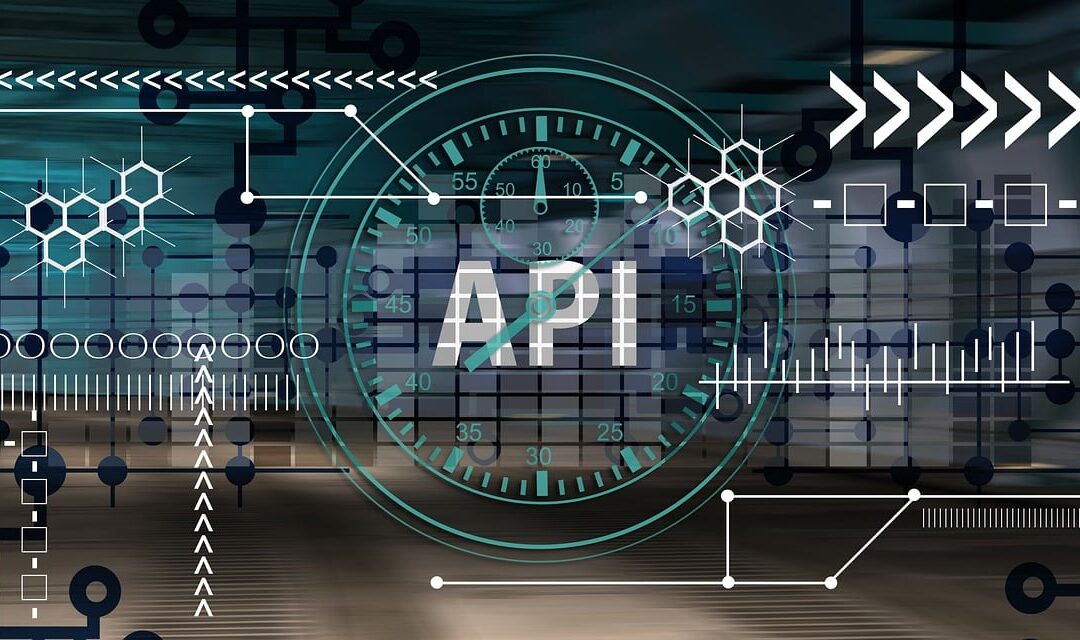An Application Programming Interface (API) plays an important role in modern software as modularity has become the foundation for software scalability and quality. An API connects different modules and facilitates interactions between them and may also contain important business logic. By providing a standardized interface for communication, an API enables different software components to work seamlessly together, resulting in more efficient and effective software development.
As software systems become increasingly complex, APIs play a crucial role. However, just like any other software component, APIs are prone to bugs, security vulnerabilities, and other issues that could affect the overall performance of the software. This is where API testing comes in. API testing is the process of testing APIs to verify their functionality, reliability, and performance under various conditions.
API testing is crucial for detecting issues such as data transfer errors, incorrect responses, and performance bottlenecks that could impact the overall functionality and usability of the software. Through API testing, developers can ensure that their APIs are working as intended, exchanging data accurately, and operating efficiently under different load conditions. It enables developers to identify and fix issues early in the development process, resulting in more robust and reliable software that meets the needs of end-users.
What Is API Testing?
API testing is a type of software testing that focuses on testing individual API methods and interactions between different APIs. This type of testing ensures that different components of a system can communicate with each other correctly. It is typically performed just before or even during the system integration testing but after the unit testing of each individual component. The main objective of API testing is to verify that the API functions correctly, meets the requirements.
Different types of API testing include functional, security, performance, interoperability, and usability testing. API testing tools such as Postman, SoapUI, and REST Assured can automate and simplify the testing process. API testing may uncover bugs such as inaccurate request/response data formats with respect to the specific API that might include the number of parameters, data types / length / format of each parameter as required by the API. It also uncovers bugs that might be related to the error messages in case of failure, business logic issues within the APIs, build and deployment issues, performance issues, and others. It can also include testing for version compatibility, to ensure that the API is backward and forward compatible with different versions of the software. API load testing ensures that the API can handle a large volume of requests and traffic without crashing or slowing down.
Common API Testing Protocols and Tools
Most API testing tools support SOAP and REST protocols, while having a difficult time incorporating legacy protocols and newer web APIs. The common thread across these popular tools is the need for significant programming skills to both create and maintain API tests. Therefore, API testing is often slow and inefficient, which impacts the overall development timeline. In other words, while API testing aims to enhance speed and scalability, the irony is that it’s often crippled by significant efforts to maintain complex API test scripts.
SoapUI
SoapUI is an easy-to-use testing tool that caters to both developers and testers for API testing purposes. According to the official website, SoapUI supports various types of API testing. Functionality testing ensures that the API functions as intended and performs the expected tasks. Reliability testing focuses on establishing consistent connections to the API and producing reliable results. Load testing is conducted to assess the API’s capability to handle a large volume of calls effectively. Creativity testing involves exploring different usage scenarios to ensure the API can adapt to various contexts.
Security testing is another important aspect covered by SoapUI. It involves verifying that the API meets defined security requirements, such as authentication, permissions, and access controls, in order to protect sensitive data. Proficiency testing focuses on how the API enhances developers’ capabilities and facilitates their work. API documentation testing, also known as discovery testing, ensures that the API documentation is user-friendly and provides comprehensive guidance. Negative testing is performed to check the API’s response to incorrect or invalid user inputs.
SoapUI’s API testing also includes checking the validity of API return values based on specified input conditions. This involves verifying if the API either returns nothing or produces incorrect results, as well as determining whether the API triggers other events or calls additional APIs. Furthermore, the testing examines whether the API updates any relevant data structures as expected. With these features and capabilities, SoapUI proves to be a versatile tool for comprehensive API testing.
Postman
The Postman platform encompasses a wide range of tools that effectively expedite the entire API lifecycle. These tools cover various stages, including design, testing, documentation, mocking, as well as facilitating the sharing and discoverability of your APIs. By utilizing the Postman platform, developers can seamlessly navigate through each step of the API development process, ensuring efficiency and effectiveness from start to finish. It provides a powerful testing framework that allows users to write and execute automated test scripts. These test scripts can be written in JavaScript, allowing developers to leverage their existing coding skills. Postman also offers assertion libraries, making it easy to validate response data, status codes, and other elements of the API.
Postman goes beyond just testing and offers features for API documentation and collaboration. The collaboration capabilities of Postman allow team members to work together seamlessly, with features like shared workspaces, version control, and others.
The Caveat of API Testing
While tools such as SoapUI and Postman are readily available, there is a high dependency on programming skills. Furthermore, the efficiency of testing is highly dependent on the skill level of developers and testers that are creating and modifying these scripts. So while the purpose of automation is to increase efficiency, the limitations of creating and modifying scripts can quickly become a bottleneck. Let’s keep that in mind as we transition into the advent of AI-powered API testing.
AI-Powered API Testing
Next-generation automation tools powered by artificial intelligence help API testing reach new levels of speed and accuracy. As an example, verifying an API response with reference data (e.g., from another API call, DB Query or Data displayed in the UI) for validation traditionally involves establishing the mapping between these data sets so that comparison can be done. However, using models built on AI algorithms, the burden of mapping the data for every scenario is taken away from developers and testers, making the test flows much simpler and less prone to manual errors.
With the increased popularity and benefits of AI, next-generation test automation tools such as AquilaTest leverage AI and ML to reduce the burden of developers to create and maintain API tests. This enables teams to create and execute API tests early in each sprint, even before fully building and testing the entire system. Additionally, AquilaTest incorporates drag-and-drop workflows to API testing to enhance automated testing capabilities. This includes fetching data from the API using specific filters, and then leveraging the API response to validate and compare with corresponding UI data.
Let’s dig deeper with a typical accounting use case that includes the reconciliation of invoices between systems. By leveraging AI and ML models, automated API testing is able to retrieve a list of invoices between a specified time period and compare them against the records in the database management system. With AquilaTest’s codeless automation framework, the test setup and modification processes are simple. A business analyst or even project manager without development skills can easily specify the API endpoints to be called, the range of dates and key values to be compared. And finally, an executive dashboard with digestible reports and charts provides the results of these comparisons, ranging from count mismatches, missing invoices, aggregate line item mismatches, invoice value mismatches, and more.
Conclusion
API testing plays a crucial role in ensuring the functionality, reliability, and performance of modern applications that heavily rely on web services. By thoroughly testing APIs, developers and testers can validate the correct behavior of endpoints, verify data accuracy, and ensure seamless integration between different systems. In the rapidly evolving landscape of software development, API testing continues to be a critical aspect of quality assurance. With the right tools and strategies in place, organizations can effectively test and validate their APIs, improving the overall reliability and performance of their applications.
We invite you to schedule a demo to see how AI-powered API testing offers significant speed and stability advantages compared to UI testing. A recent case study with a Fortune 500 client of AquilaTest demonstrates 20x time savings versus UI testing, processing thousands of records within seconds. By combining API testing with UI testing and DB testing within AquilTest, large enterprises are able to achieve seamless end-to-end flow testing, ensuring comprehensive coverage across the entire system. Click on the button below to request a demo.


